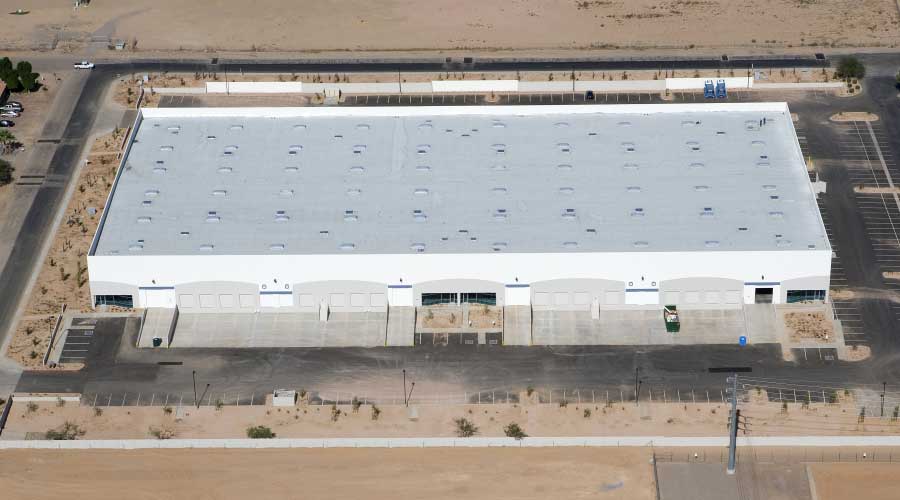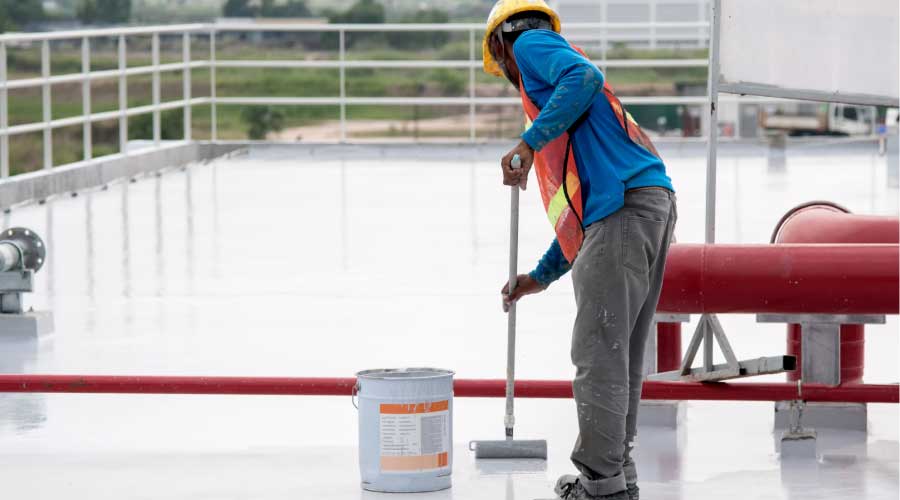Another Ice Dam Option: Snow Melt Systems
These systems typically consist of low-voltage, regulated wires controlled by a thermostat and attached to the roof at the eave and/or set in gutters. These systems do not control heat loss through the roof and are not intended to melt all of the snow and ice; they create paths for the meltwater to flow off the roof. Heating cables need to be continuous into the gutter and downleader, and extend to a point at which ice build-up will not present a hazard – usually on grade away from walkways or driveways.
In existing construction, these systems are considered a low-cost, last-ditch effort before more major repairs are undertaken. In new construction, proper design techniques (e.g., ventilation, improved roof geometry) can typically be used to avoid the need for such systems. Snowmelt systems integrated into new construction are not a replacement for good roof design with proper ice dam mitigation techniques.
These systems can be prone to damage when installed on the roof surface. Snow sliding and shifting can loosen attachments, causing wires to fall off or creating shorts in the system, thereby making it ineffective. Maintenance and repairs are typically required each spring.
Snow melt systems may require an additional electrical panel or service to operate, depending on the building’s electrical capacity. Performance and reliability decrease at large overhangs.
Ice dams and related leaks are common in northern climates despite the industry’s knowledge of why they occur and how to prevent them. Good roof designs and proper construction techniques can prevent most ice dams from forming and prevent meltwater from entering buildings. The best method for combating ice dams on existing buildings can depend on the type of building, the owner’s tolerance for leaks, and the owner’s financial resources. Plans for repairs and reconstruction should begin in the spring and be implemented during warmer weather, before winter sets in. In the meantime, continue raking snow off of roofs after each large storm, check attics for vent blockages, and consider hiring a design professional and/or contractor soon to plan repairs this spring/summer.
Jeff J. Ceruti is senior principal, Simpson Gumpertz & Heger Inc. He can be reached at JJCeruti@sgh.com. Cory R. Brett is senior project manager for the firm. He can be reached at crbrett@sgh.com.
Related Topics:















